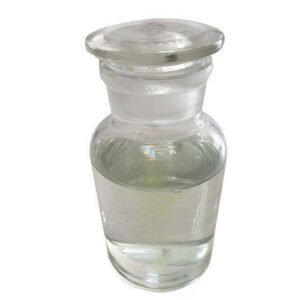Triethylenetetramine (TETA) is an organic compound with the chemical formula C6H18N4. It is a colorless to pale yellow liquid with a strong ammonia-like odor. Here are some key points about TETA:
- Chemical Structure: TETA is a tetramine compound, meaning it contains four amino groups (-NH2) attached to an ethylene backbone (-CH2CH2-). Its structure is characterized by a central ethylene chain with alternating amino groups.
- Physical Properties:
- Appearance: TETA is a clear to slightly yellow liquid at room temperature.
- Odor: It has a strong ammonia-like odor, typical of amine compounds.
- Solubility: TETA is highly soluble in water and miscible with most organic solvents.
- Synthesis: TETA is typically produced by the reaction of ethylenediamine with acetaldehyde or by the reaction of ammonia with diethylene triamine. It is commercially available in various purity grades.
- Applications:
- Crosslinking Agent: TETA is commonly used as a crosslinking agent in the production of epoxy resins. It reacts with epoxy groups to form highly crosslinked polymer networks, imparting improved mechanical properties, chemical resistance, and thermal stability to the final products.
- Chelating Agent: TETA acts as a chelating agent, forming stable complexes with metal ions. It finds applications in metal extraction, water treatment, and as a catalyst in chemical reactions.
- Textile Additive: TETA is used as a dye-fixing agent in the textile industry to improve the color fastness of dyed fabrics.
- Fuel Additive: In fuel formulations, TETA can be added as a corrosion inhibitor and to improve the combustion efficiency of fuels.
- Health and Safety Considerations:
- TETA is corrosive and can cause severe skin, eye, and respiratory irritation upon contact or inhalation.
- Prolonged or repeated exposure to TETA may lead to sensitization, allergic reactions, or respiratory disorders.
- Proper personal protective equipment (PPE), including gloves, goggles, and respiratory protection, should be worn when handling TETA. Adequate ventilation is essential to minimize exposure risks.
- Environmental Impact:
- TETA is biodegradable under aerobic conditions but may persist in aquatic environments.
- Proper handling, storage, and disposal practices should be followed to prevent environmental contamination.











Reviews
There are no reviews yet.